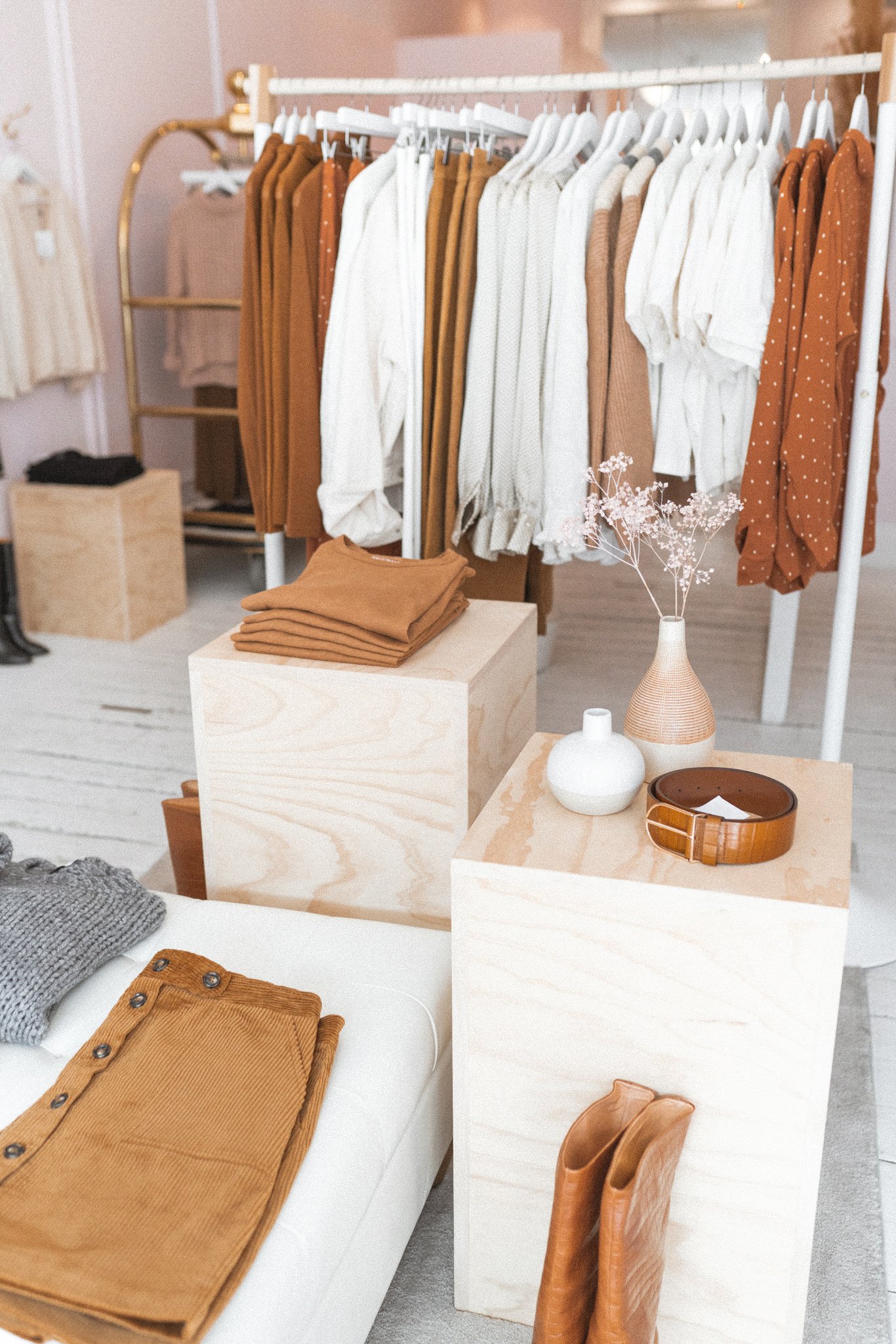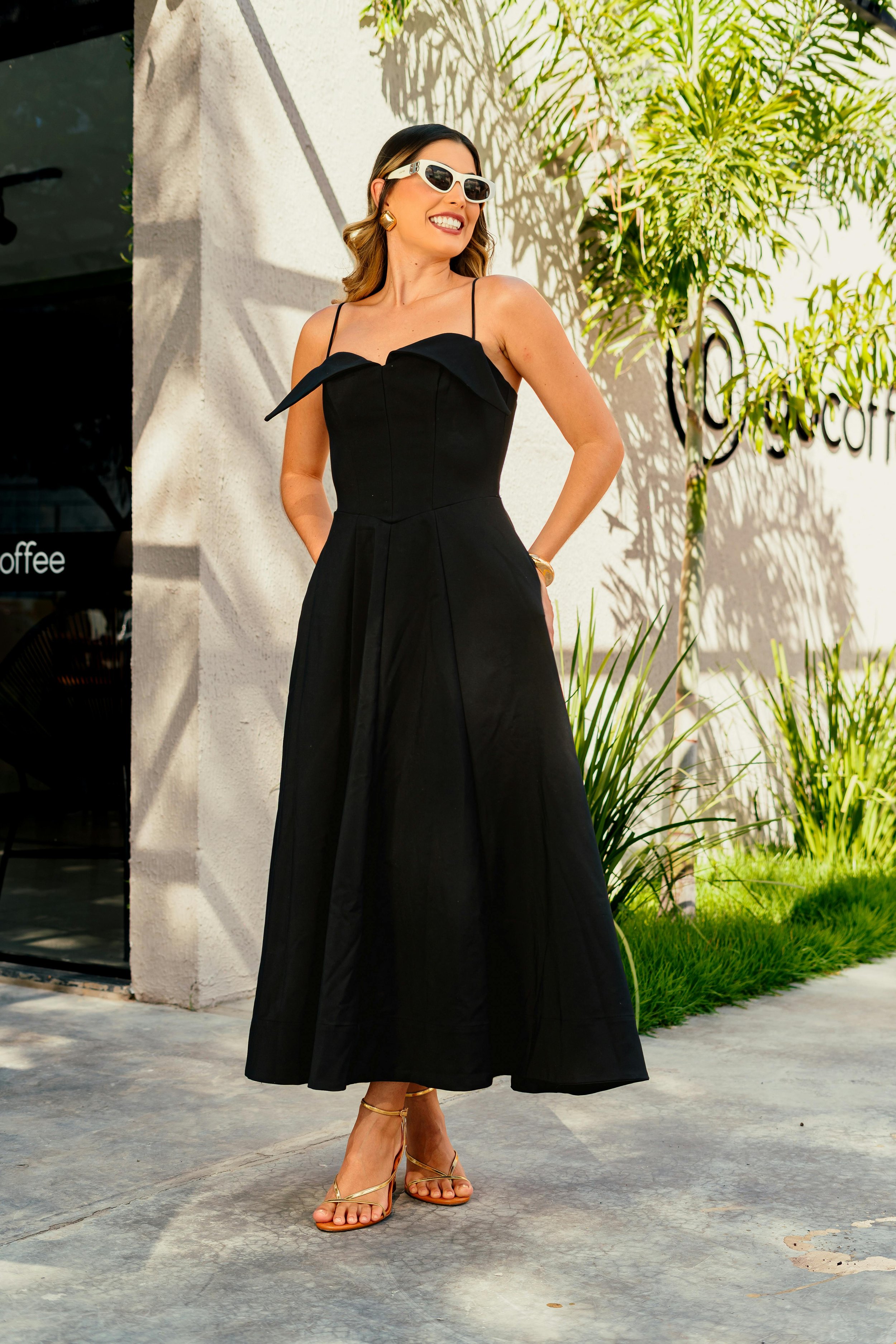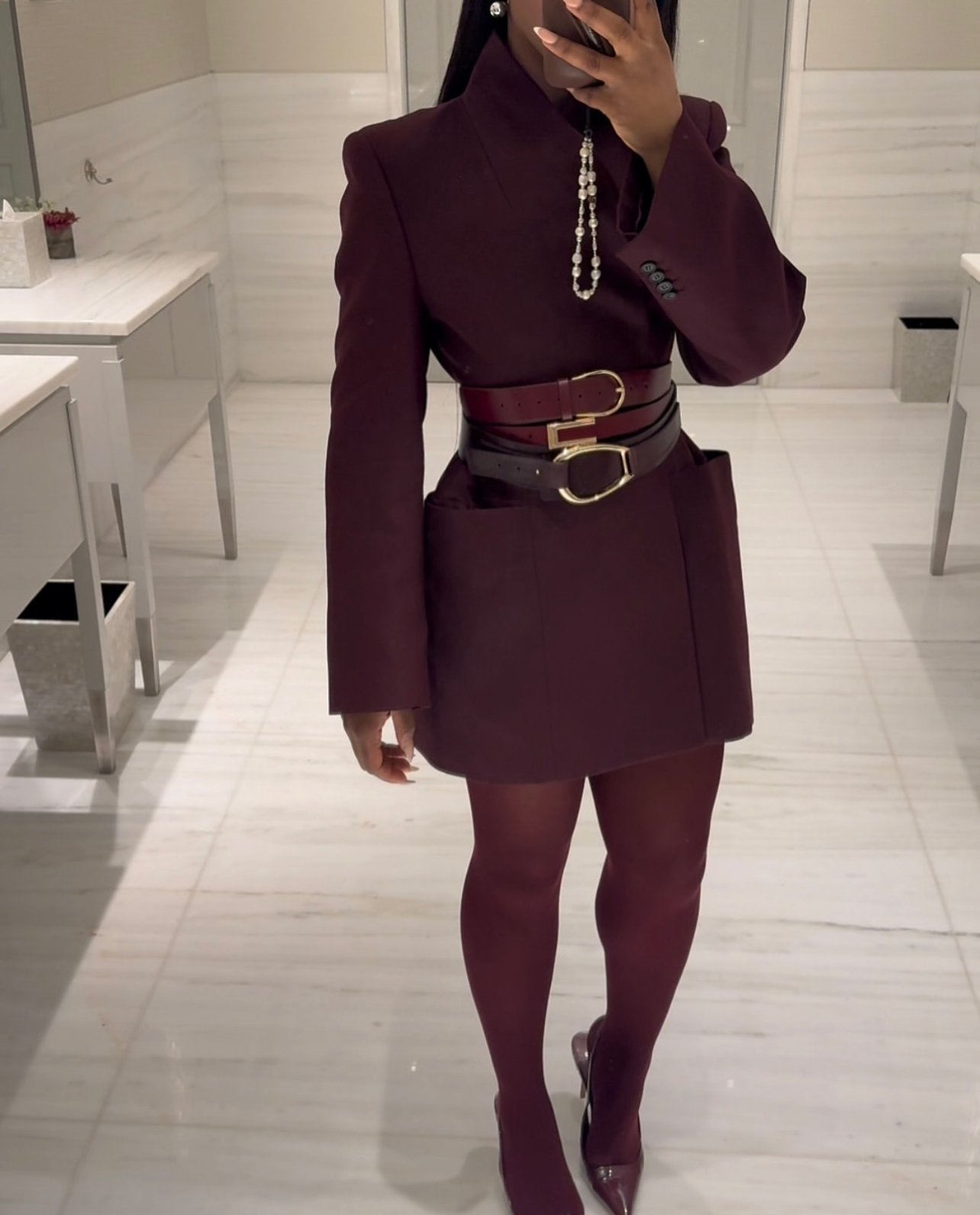Smart Shopping Tips: Your Guide to Fashion Savings
Did you know that the average person makes about 156 impulse purchases a year, often leading to buyer's remorse? It's true, and yet, there's a way to shop smartly, especially when it comes to fashion. In this post, we're not just going to talk about saving money; we'll explore how to make each purchase count. From setting a realistic fashion budget to uncovering the potential of technology in shopping, we'll guide you through the essentials of becoming a savvy shopper. This isn't just about spending less; it's about shopping smarter. Let's dive in!
Understanding Your Shopping Needs: Navigating the Balance Between Desire and Necessity
Ever found yourself standing in a store or browsing online, battling the tug-of-war between what you want and what you actually need? We've all been there. Let me tell you about the time I really needed a new pair of running shoes. My old ones were worn out, and I was starting to feel the impact on my knees. So, I set out with a clear mission: find comfortable, supportive, and durable running shoes.
As I browsed, I stumbled upon a pair of stunning, high-end sneakers. They were fashionable, with a brand name that screamed luxury. But here's the thing – they weren't what I needed. They were more about style than function, and certainly not designed for the kind of running I did.
This experience taught me the importance of differentiating needs from wants in fashion shopping. Here are some tips to help you navigate this:
Define Your Essential Needs: Before you shop, list down what you actually need. Do you need shoes for a specific purpose, like sports or work? Are you looking for clothing that fits a particular dress code or weather condition? Understanding your functional needs helps in making focused choices.
Set Clear Shopping Goals: Know what you're shopping for. If it's work attire, stick to that section. This helps avoid wandering into areas where you might be tempted by things you don't really need.
Quality Over Quantity: It’s often more cost-effective in the long run to invest in a few high-quality items that meet your needs, rather than multiple cheaper, less durable pieces.
Beware of Impulse Buys: We often want things because they look good in the moment. Ask yourself, “Will I use this regularly? Does it fit with my current wardrobe? Is it versatile?”
Emotional Shopping Awareness: Sometimes, we shop based on emotions. Feeling down? A new dress might seem like a mood lifter. Happy? You might want to celebrate with a purchase. Recognize these patterns and try to shop mindfully.
Prioritize Long-Term Value: Consider the longevity of the item. Is it a trendy piece that might go out of style soon, or a timeless classic that you can wear for years?
Setting a Fashion Budget: Mastering Your Finances with Style
Navigating the world of fashion can be a thrilling adventure, but without a map in the form of a budget, it's easy to lose your way. The significance of setting a budget for fashion shopping cannot be overstated. It's all about finding that sweet spot where style meets financial sensibility.
Why is a fashion budget crucial? For starters, it helps you prioritize your purchases, ensuring that you invest in essential items first. It also prevents overspending, a common pitfall for many fashion enthusiasts. With a budget, you can allocate funds appropriately, maybe saving up for a coveted designer piece or focusing on expanding your work wardrobe.
Let's talk about some handy budgeting tools:
Mint: This is a popular personal finance app that allows you to track your spending in real-time. You can create specific categories for different aspects of your life, including fashion. Mint alerts you when you're approaching your spending limit, helping to keep your sartorial splurges in check.
YNAB (You Need A Budget): YNAB's philosophy is about giving every dollar a job. It's perfect for fashion shoppers as it encourages you to plan for big purchases. Want that luxury handbag? YNAB helps you set aside a little each month until you can afford it without breaking the bank.
Goodbudget: Based on the envelope budgeting system, Goodbudget allows you to allocate your income to different spending categories – or “envelopes.” You can have an envelope exclusively for clothing and accessories, helping you manage your fashion finances separately.
PocketGuard: For those who tend to overspend, PocketGuard can be a lifesaver. It not only tracks your spending but also identifies areas where you can save, potentially freeing up more funds for your fashion needs.
Smart Shopping Strategies: Navigating Sales and Price Comparisons
When it comes to shopping smart, timing and comparison are your best friends. Here's how you can make the most of your fashion shopping:
Timing Your Purchases: End-of-season sales are a goldmine for fashion deals. Retailers are eager to clear out old stock, offering significant discounts. For instance, winter wear is often cheaper in early spring. Similarly, shop for summer essentials in the fall. Timing your purchases right can lead to substantial savings.
Price Comparison: Before you click 'buy,' take a moment to compare prices across different platforms. Apps like ShopSavvy or Google Shopping allow you to scan an item and compare its price at various retailers. I once eyed a gorgeous dress at a boutique only to find it for 30% less online using a price comparison tool.
Utilize Price Alerts: Tools like Honey or CamelCamelCamel (for Amazon) let you set up price alerts on items you desire. When the price drops, you get notified. This tactic saved me quite a bit on a pair of designer shoes I had been coveting. Patience pays off!
Leveraging Technology for Savings: Uncovering Hidden Gems with Apps
In the digital age, technology is a savvy shopper’s ally. Here are some lesser-known apps that can revolutionize your shopping experience:
Rakuten (formerly Ebates): A cashback app that’s essential for online shoppers. I use Rakuten for almost all my online shopping. It offers cashback on purchases from a wide range of retailers. The cashback percentages might seem small, but they add up over time, especially during their Double Cash Back events.
Dosh: This app is fantastic for passive savings. Link your credit card, and every time you shop at participating stores, you earn cash back automatically. I’ve saved on various purchases without lifting a finger.
Capital One Shopping: This nifty Chrome extension does the heavy lifting while you browse, scouting the internet for the hottest deals or coupons on your must-haves. It seamlessly integrates with your shopping spree, offering up discounts right when you're ready to hit 'purchase'.
Honey: For another savvy saving avenue, Honey is your go-to. It walks and talks much like Rakuten, which I'll dive into shortly. Whether you're adding its extension to your browser or navigating deals directly on their site, Honey lays out a spread of coupons and cashback opportunities for the taking.
Acorns: And for a twist on saving, Acorns comes into play. It's less about instant savings and more about stashing away those dollars for future splurges, making every purchase an investment in your next big buy.
Loyalty Programs and Reward Maximization: Harnessing the Power of Rewards
Loyalty programs are a secret weapon in the savvy shopper’s arsenal. Here’s how they can benefit you:
Earning Points for Purchases: Many brands offer loyalty programs where you earn points for every purchase. These points can often be redeemed for discounts, special offers, or even free products. For example, a popular clothing brand I shop with offers a point for every dollar spent. These points eventually accumulate to unlock significant discounts on future purchases.
Exclusive Member Benefits: Being part of a loyalty program often means you get access to exclusive sales, member-only discounts, and early access to new collections. It’s like being part of an exclusive club where the entry fee is your loyalty to the brand.
Maximizing Rewards: One way to maximize these benefits is by aligning your purchases with special promotion days where you can earn double or triple points. Also, keep an eye out for bonus point events. For instance, I wait for these events to make bigger purchases, like a new winter coat, to maximize my points earned.
Avoiding Overspending Traps: Navigating Marketing Ploys
Beware of marketing tactics designed to tempt you into overspending. Here's what to look out for:
Limited Time Offers: These create a sense of urgency, making you feel like you need to buy now. Remember, most sales come around again.
“Buy More, Save More” Deals: These can lead you to buy items you don't need just to get a discount.
Personal Anecdote: Once, I nearly fell for a "buy two, get one free" deal on shoes. I only really liked one pair, but the offer was tempting. I took a moment to think and realized I was about to spend extra on something I didn't need. Walking away saved me more than the deal would have.
Last Thing,
Smart shopping isn't just about saving money; it's about making informed decisions that align with your style and needs. Remember to:
Identify what you really need before shopping.
Set and stick to a fashion budget.
Use technology and loyalty programs to your advantage.
Resist marketing ploys that encourage unnecessary spending.
I encourage you to try these strategies and see how they transform your shopping experience.
Disclaimer: This blog post was originally published on March 15, 2022, and has been updated with new content and insights on January 19, 2024, to ensure it remains relevant and useful for our readers








